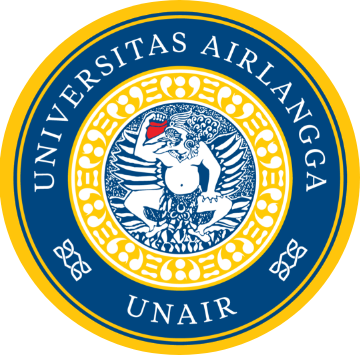Melastoma malabathricum L. is a shrub commonly found in the tropical regions, particularly the Southeast Asian countries including Malaysia. Known as ‘Senduduk’ to the Malay M. malabathricum has gained a herbal status in the Malay folklore as well as the Indian, Chinese and Indonesian (Koay, 2008). Traditionally, various parts of M. malabathricum have been used in the Malay, Chinese, and Indian traditional cultures to treat different types of disorders such as cuts and wounds, sore legs, hemorrhoids, toothache, stomachache, diarrhea, dysentery, flatulence, leucorrhea, and infection during confinement (Zakaria et al., 2006).
Scientifically, M. malabathricum has been cited to exert various pharmacological activities such as antiproliferative, antioxidant, and anti-inflammatory. The objective of this study was to determine the anticarcinogenic activity of methanol extract (MEMM) against the early colon carcinogenesis with azoxymethane (AOM) induced in rats. Rats were randomly assigned to five groups (n=6) namely normal control, negative control, and treatment (50, 250, or 500 mg/kg of MEMM) groups. Colon tissues were harvested for histopathological analysis and endogenous antioxidant system determination.
Regarding the methanol extract of M. malabathricum leaves (MEMM), pharmacological activities such as antiproliferative, antioxidant, and anti-inflammatory have been cited by Joffry et al. (2012). Since M. malabathricum leaves, particularly MEMM, possess significant antioxidant and anti-inflammatory activities as mentioned above, the plant’s leaves/its extract was earlier proposed to also possess a chemopreventive activity based on the well-acknowledged link between oxidative stress inflammation and carcinogenesis (Valko et al., 2007; Lu, 2007). Interestingly, in our earlier investigation using the in vitro model, MEMM was found to exert cytotoxic activity against the HT-29 colon cancer cell line (Kamsani et al., 2019). Taking this finding into consideration, the study was conducted to investigate the potential of MEMM to reduce colon carcinogenesis using the in vivo azoxymethane (AOM) induced colon cancer in a rat model. Endogen. MEMM was also subjected to HPLC analysis. Findings showed that MEMM significantly (p<0.05) reversed the AOM-induced carcinogenicity by i) reducing the formation of aberrant crypt foci (ACF) in colon tissues, and; ii) enhancing the endogenous antioxidant (catalase, superoxide dismutase, and glutathione peroxidase). Besides, various phenolics have been identified in MEMM.
MEMM provides in vivo anti-carcinogenic through activation of antioxidant endogen system and phenolic synergistic action. MEMM exerts chemopreventive activity against AOM-induced colon cancer in mice, possibly through the synergistic action of several chemopreventive phenolics, which act in part through activation of antioxidant and anti-inflammatory mechanisms.
Author: R. Azizah
Anticarcinogenic activity of methanol extract of Melastoma malabathricum leaves is attributed to the presence of phenolics compounds and the activation of endogenous antioxidant system
https://revistaschilenas.uchile.cl/handle/2250/176681
Actividad anticancerígena del extracto metanólico de hojas de Melastoma malabathricum atribuida a la presencia de compuestos fenólicos y a la activación del sistema antioxidante endógeno.
https://blacpma.ms-editions.cl/index.php/blacpma/article/view/222









